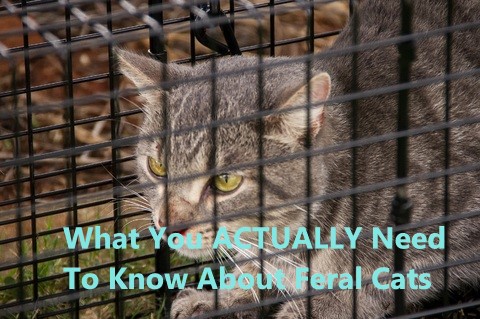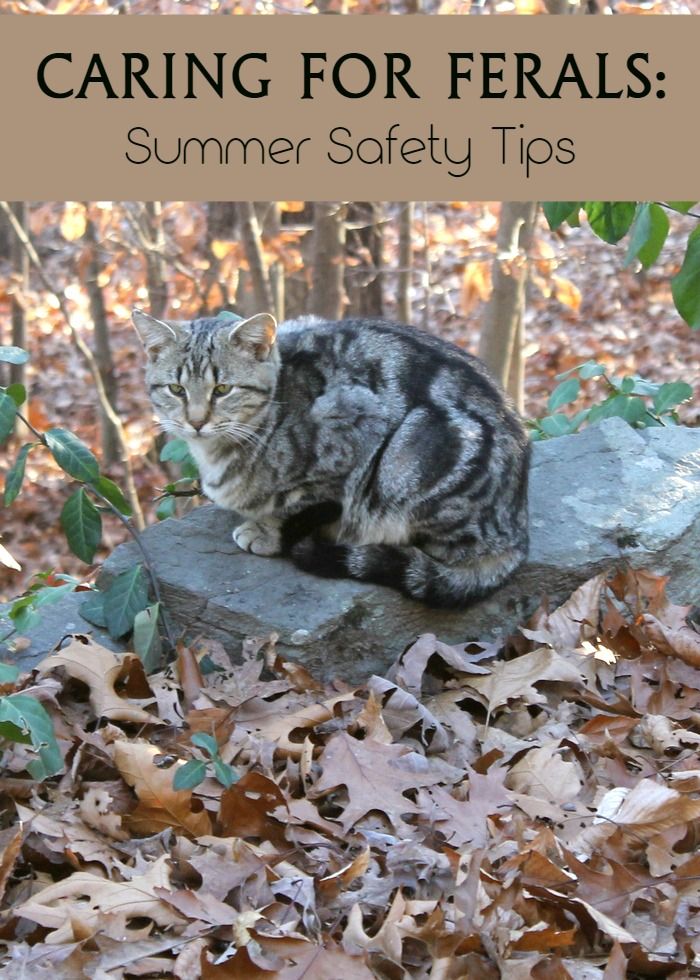Settling In A New Rescue Cat
Views: 23Introduction Bringing a new rescue cat into your home can be an exciting and rewarding experience. However, it can also be a challenging and stressful time for both you and your new pet. In this article, we will explore the process of settling in a new rescue cat and provide tips and advice to … Read more





